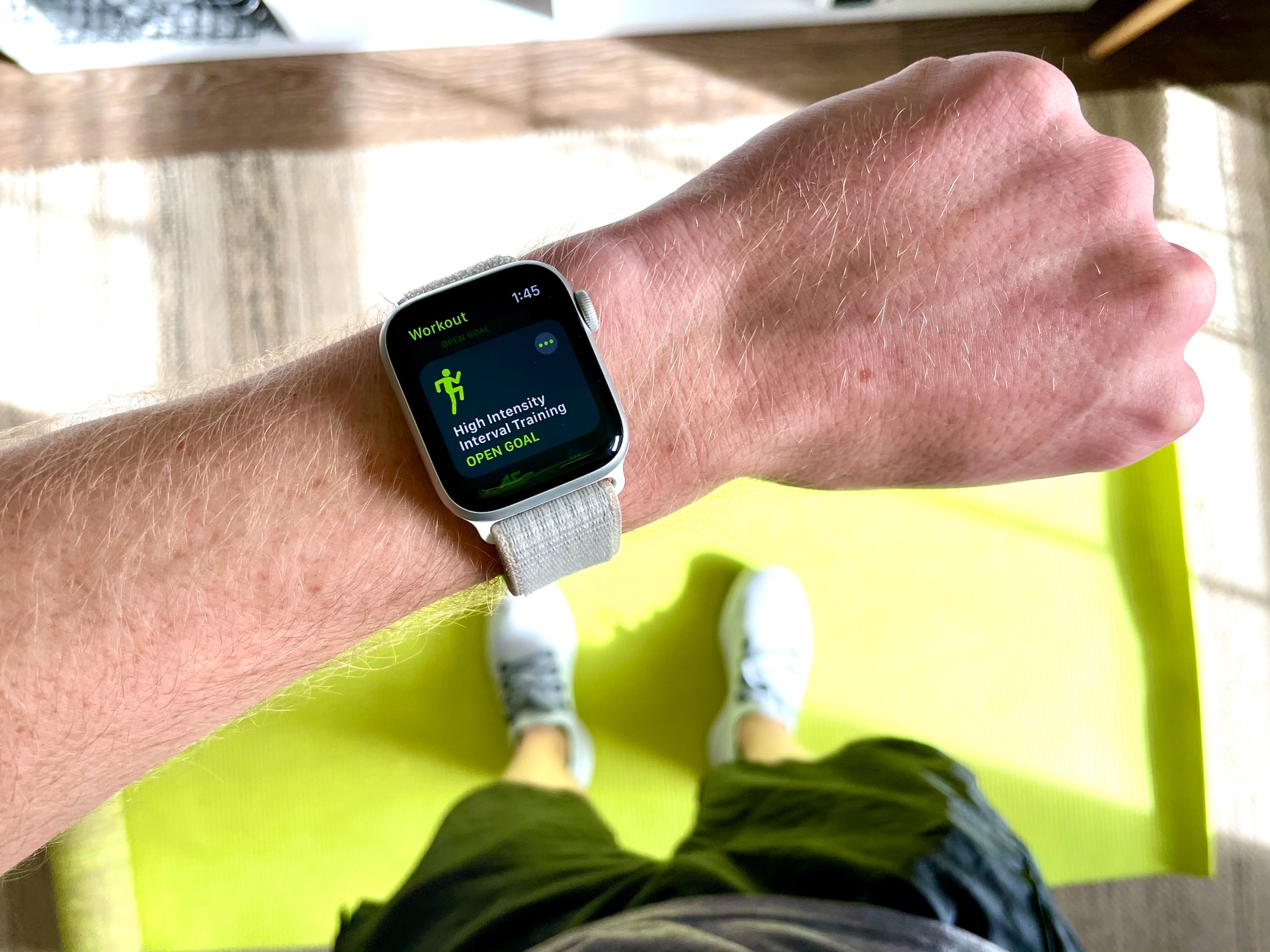Sports are becoming safer. That’s not just my opinion as the author, but also of major sporting organizations, governing bodies and individual athletes from all over the world. Yes, as a society we’re better equipped to deal with emergencies related to physical exercise than ever before. It could be argued that there has never been a better time in the history of human civilization for an athlete to recover from injuries through their sport, because modern medical knowledge is so advanced. So let’s take a closer look at what technological advances have made sports safer and which ones still need some work!
Training monitoring
Training monitoring is a vital part of sports science and performance, with the main goal being to achieve the best possible results from training. Monitoring training load is one of the main factors used to determine whether an athlete is ready for competition or not. It’s important that coaches know when their athletes are reaching high levels of fatigue so they can then adjust their training program accordingly.

There are many types of devices and methods for measuring training load, giving coaches insight into how hard their athletes have been working in order to make sure they’re able to perform at their peak level on game day. This can be done through heart rate monitors, GPS units and accelerometers which track distance covered during exercise sessions along with the number of times an athlete has changed direction while running (known as stride frequency).
Other ways include collecting blood samples after each session in order measure lactate levels; these indicate if there has been too much strain placed upon muscles and may lead them towards injury if not properly managed by rest periods.
Medical check-ups
In addition to the pre-season medical check-ups, athletes should also be screened regularly. These regular medical screenings can help identify potential health problems that may arise during a season or practice. If a problem is identified, an athlete can be treated for it before it becomes serious.
Pre-existing conditions create higher risks for athletes and therefore, they require more intense monitoring from both the players and their coaches. A history of injury also increases chances of future injury so it’s essential for athletes to receive proper care and rehabilitation after each injury if they want to prevent further damage in their body. Luckily the advancements in medicine have also had a huge impact on treating sports injuries and preventing them as well.
Safer and better gear

In a sports context, the main way that technology helps is by making the equipment better. This makes it safer for athletes to play certain sports, easier for them to compete at a high level and more aware of their bodies’ limitations.
The best example of this is football helmets. In the 1960s, before they were required by law in college football programs, they offered little protection beyond what your skull provided naturally.
Since then there’s been an evolution in helmet design that has resulted in modern helmets which are able to absorb impact much better than previous versions did.
Technology has made sport safer in some areas, but there are still many ways it can be improved. Tech that monitors and tracks players’ vitals in real time during matches would also help to prevent injury or illness from going undetected until after a match is over, which would make athletes healthier overall as well as safer on-field performers.

